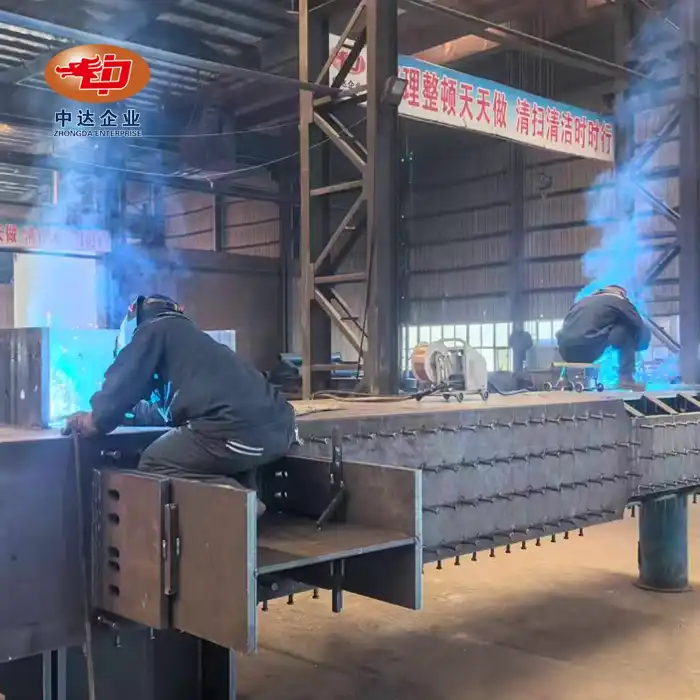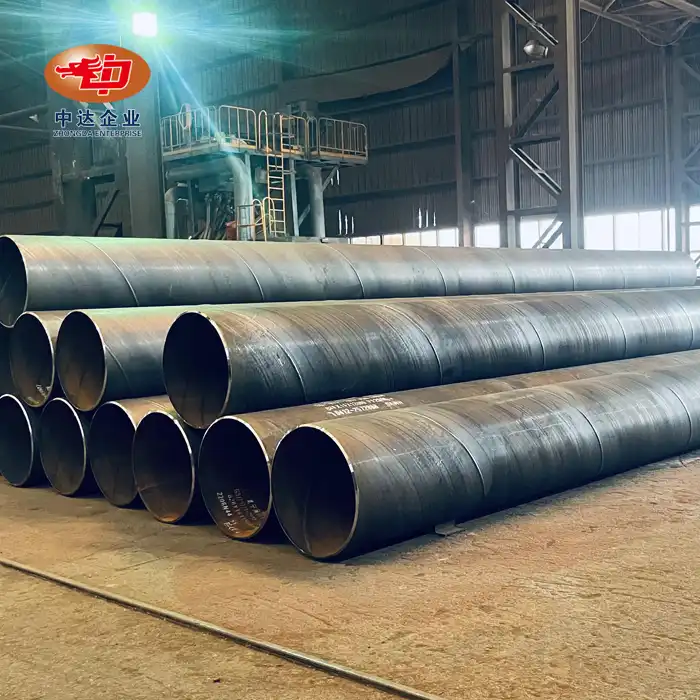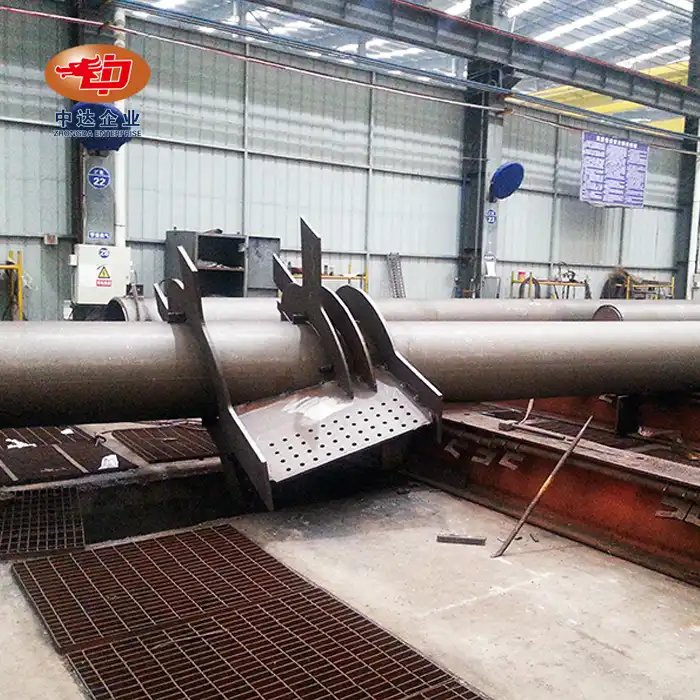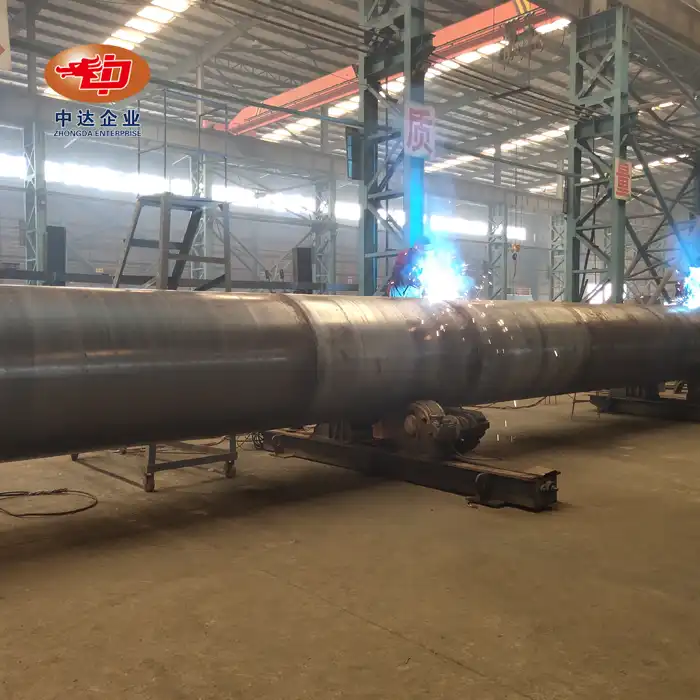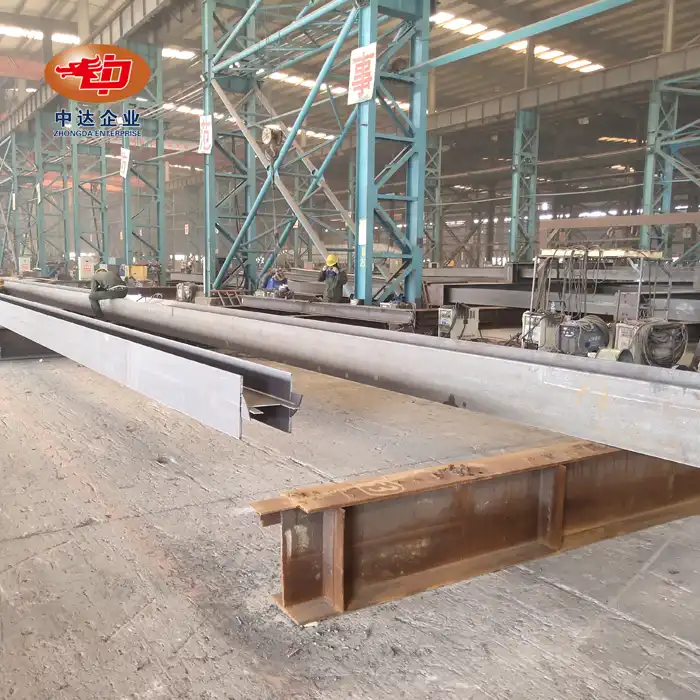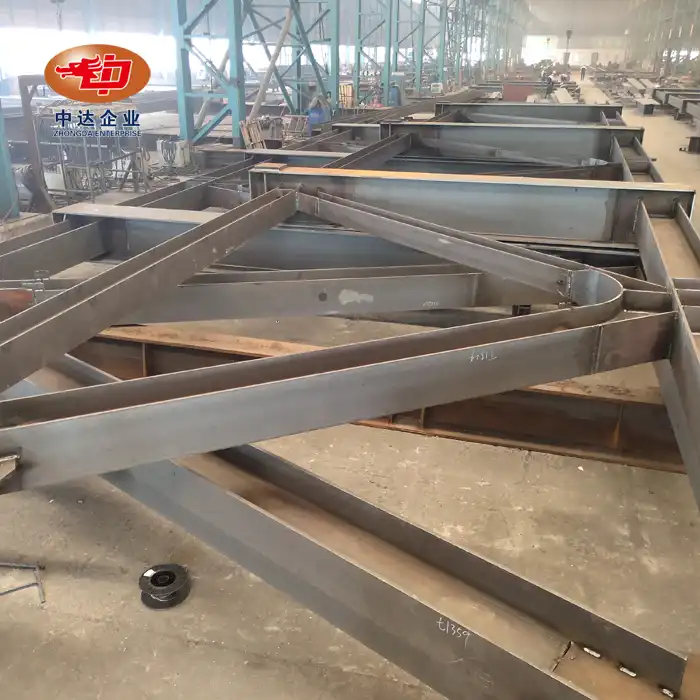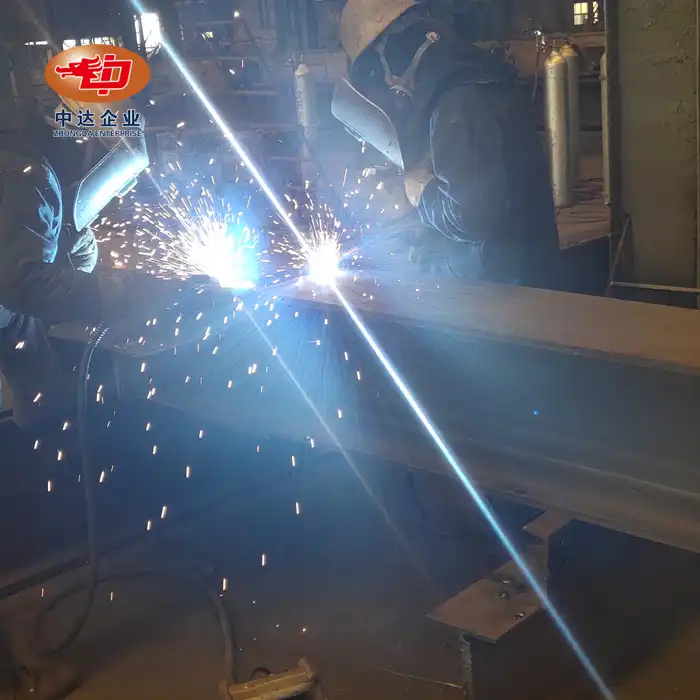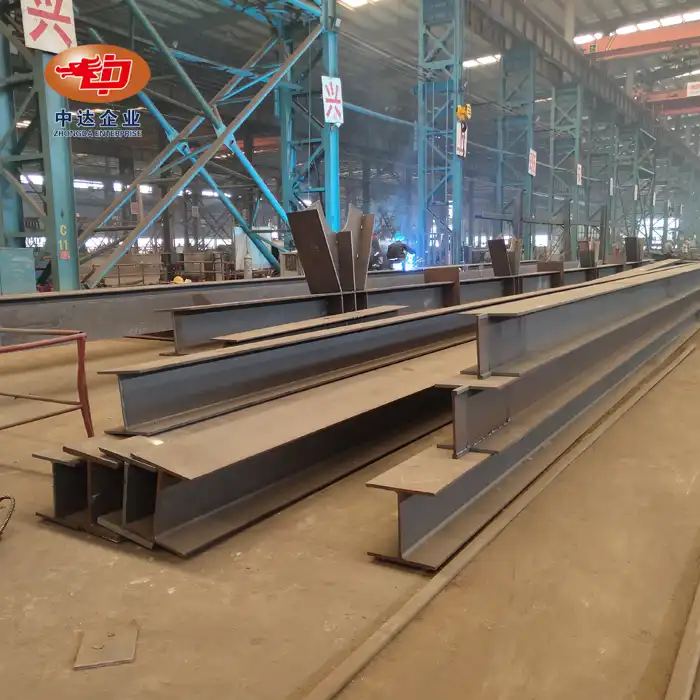Key Considerations for Large-Span Steel Structure Stadium Roof Design
Structural Analysis and Load Calculations
Designing a large-span steel structure stadium roof begins with comprehensive structural analysis and load calculations. Engineers must consider various forces acting on the roof, including dead loads, live loads, wind loads, and seismic forces. Advanced computer modeling and finite element analysis tools are employed to simulate different load scenarios and optimize the roof's structural performance.
The roof's span, typically ranging from 100 to 300 meters for modern stadiums, significantly impacts the structural design. Longer spans require more robust support systems and innovative truss configurations to distribute loads effectively. Engineers must also account for dynamic loads caused by crowd movement and potential snow accumulation in colder regions.
Collaboration between structural engineers and architects is crucial during this phase to balance aesthetics with structural requirements. The goal is to create a visually striking roof design that meets all safety and performance criteria while minimizing material usage and construction costs.
Material Selection and Optimization
Choosing the right steel grade and profile is essential for achieving optimal performance in large-span stadium roofs. High-strength steel alloys, such as ASTM A992 or equivalent grades, are commonly used due to their superior strength-to-weight ratio and excellent weldability. These materials allow for lighter structures without compromising on load-bearing capacity.
Corrosion resistance is another critical factor in material selection, especially for open-air stadiums exposed to varying weather conditions. Hot-dip galvanizing, in accordance with ISO 1461 standards, provides long-lasting protection against corrosion and reduces maintenance requirements over the structure's lifetime.
Innovative steel composites and hybrid systems, combining steel with other materials like tensile fabrics or ETFE membranes, can further enhance the roof's performance and aesthetics. These solutions offer opportunities for natural lighting, improved acoustics, and potential integration of solar panels for sustainable energy generation.
Fabrication and Assembly Techniques
Efficient fabrication and assembly techniques are crucial for realizing complex large-span steel structure stadium roofs. Advanced manufacturing facilities, equipped with precision CNC machines and robotic welding systems, ensure high-quality production of custom steel components. Modular design approaches facilitate easier transportation and on-site assembly, reducing construction time and costs.
BIM (Building Information Modeling) technology plays a vital role in coordinating the fabrication and assembly process. It allows for virtual pre-assembly, clash detection, and optimization of the construction sequence. This digital-first approach minimizes errors and improves overall project efficiency.
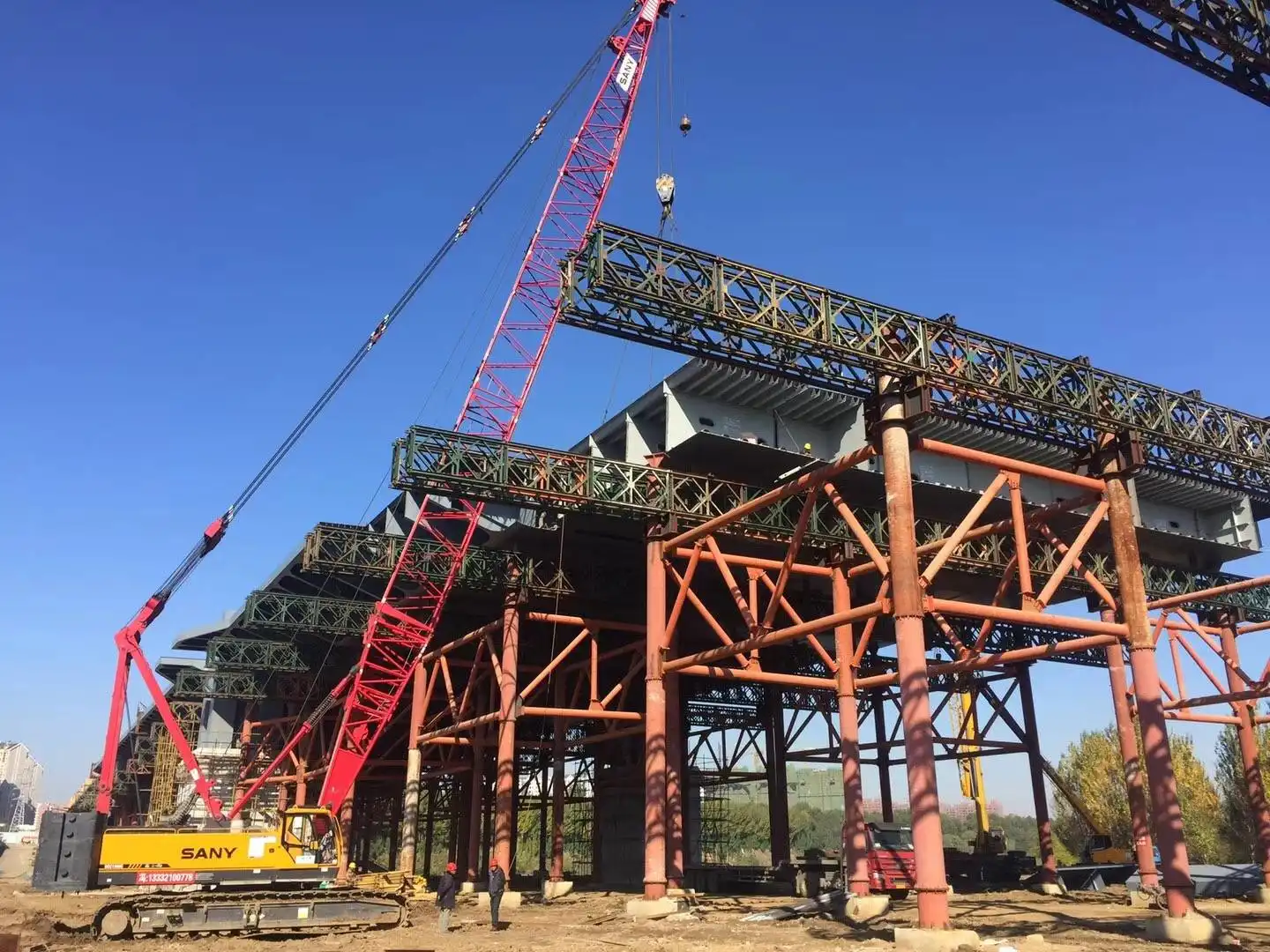
Innovative connection designs, such as bolted friction connections or advanced welding techniques, are employed to ensure structural integrity while allowing for easier assembly and potential future modifications. These connections must be carefully engineered to withstand the significant forces experienced by large-span roofs during their operational life.
Innovative Design Solutions for Steel Structure Stadium Roofs
Retractable Roof Systems
Retractable roof systems represent a pinnacle of innovation in steel structure stadium design. These dynamic structures offer the flexibility to adapt to changing weather conditions, enhancing spectator comfort and expanding the venue's usability. The design of retractable roofs involves complex kinematic systems, often utilizing massive steel trusses that can span hundreds of meters.
Engineers must consider not only the static loads when the roof is closed but also the dynamic forces during opening and closing operations. Sophisticated control systems and sensors ensure smooth and safe movement of the roof panels. The integration of weatherproof seals and drainage systems is crucial to maintain a watertight envelope when the roof is closed.
Advanced materials such as lightweight steel alloys and composite panels are often employed to reduce the overall weight of movable components. This not only improves the efficiency of the retraction mechanism but also reduces the structural demands on the supporting framework.
Long-Span Cantilever Designs
Long-span cantilever roof designs offer unobstructed views for spectators by eliminating the need for internal support columns. These daring structures push the boundaries of steel engineering, often extending 50 meters or more from their support points. The key to successful cantilever designs lies in precise load distribution and innovative truss configurations.
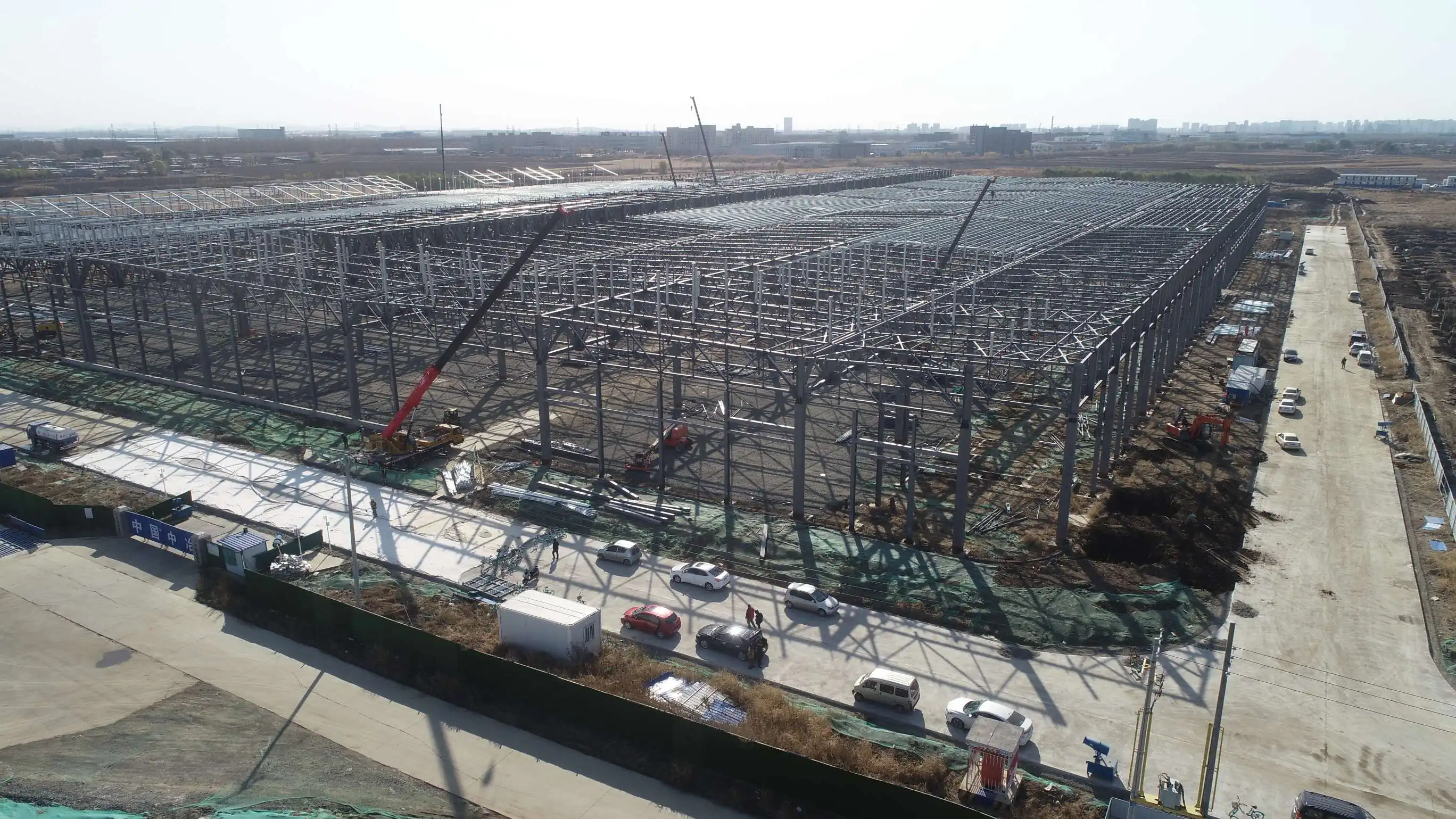
Tapered box girders and space frame structures are commonly used to achieve the necessary strength and stiffness while minimizing material usage. High-strength steel cables may be incorporated to provide additional support and reduce deflection at the cantilever's tip.
Wind tunnel testing and advanced computational fluid dynamics (CFD) simulations are essential for optimizing the aerodynamic performance of cantilever roofs. These analyses help engineers mitigate potential wind-induced vibrations and ensure structural stability under various wind load scenarios.
Integrated Sustainable Features
Modern steel structure stadium roofs are increasingly designed with sustainability in mind. Integration of photovoltaic panels into the roof structure allows for on-site renewable energy generation, reducing the stadium's carbon footprint. The orientation and angle of roof panels can be optimized to maximize solar energy capture while maintaining optimal conditions for spectators and players.
Rainwater harvesting systems can be seamlessly incorporated into the roof design, collecting and storing rainwater for irrigation, cleaning, and other non-potable uses. This not only reduces water consumption but also helps manage stormwater runoff from large roof areas.
Natural ventilation strategies, such as strategically placed openings and thermal chimneys, can be integrated into the roof design to improve air circulation and reduce reliance on mechanical cooling systems. These passive design features contribute to improved energy efficiency and spectator comfort.
Future Trends in Steel Structure Stadium Roof Design
Advanced Materials and Composites
The future of steel structure stadium roof design is likely to see increased use of advanced materials and composites. Ultra-high-strength steels with yield strengths exceeding 1000 MPa are being developed, allowing for even lighter and more efficient structures. These materials can significantly reduce the overall weight of large-span roofs, leading to cost savings in foundations and supporting structures.
Hybrid systems combining steel with advanced composites like carbon fiber reinforced polymers (CFRP) show promise for creating ultra-lightweight, high-performance roof structures. These materials offer exceptional strength-to-weight ratios and can be engineered for specific performance characteristics.
Nanotechnology-enhanced steel coatings are another area of innovation, offering improved corrosion resistance, self-cleaning properties, and even the ability to harvest energy from ambient vibrations. These advanced coatings could significantly extend the lifespan of stadium roofs while reducing maintenance requirements.
Smart and Adaptive Structures
The integration of smart technologies and adaptive systems is set to revolutionize steel structure stadium roof design. Embedded sensors and actuators will allow roofs to actively respond to changing environmental conditions, optimizing structural performance and energy efficiency. For example, adaptive shading systems could automatically adjust to control solar gain and glare, enhancing spectator comfort and reducing cooling loads.
Machine learning algorithms could be employed to analyze data from these sensor networks, predicting maintenance needs and optimizing the roof's performance over time. This predictive maintenance approach could significantly reduce lifecycle costs and improve the longevity of stadium structures.
Shape-memory alloys and other smart materials may find applications in creating dynamically adjustable roof elements, allowing for real-time optimization of acoustics, lighting, and thermal performance during different types of events.
Digital Twins and Lifecycle Management
The concept of digital twins is gaining traction in stadium design and management. These virtual replicas of physical structures, continuously updated with real-time data, offer unprecedented insights into the performance and maintenance needs of complex roof systems. Digital twins enable engineers to simulate various scenarios, optimize operations, and plan maintenance activities with greater precision.
Advanced lifecycle management strategies, powered by these digital models, will help stadium operators maximize the longevity and performance of their steel structure roofs. From optimizing cleaning schedules based on environmental data to planning retrofits that extend the structure's useful life, digital twins will play a crucial role in sustainable stadium management.
The integration of augmented reality (AR) technologies with these digital models could revolutionize maintenance procedures, allowing technicians to visualize complex structural elements and access real-time performance data while conducting inspections or repairs.
Conclusion
Designing large-span steel structure stadium roofs demands a multidisciplinary approach, blending architectural vision with cutting-edge engineering. By leveraging advanced materials, innovative design solutions, and emerging technologies, architects and engineers can create spectacular, sustainable, and highly functional stadium roofs. As the field continues to evolve, future designs will likely incorporate smart, adaptive features and utilize digital technologies for optimized performance throughout the structure's lifecycle.
Contact Us
Ready to elevate your stadium project with world-class steel structure solutions? Zhongda Steel offers unparalleled expertise in designing and fabricating large-span stadium roofs. Our state-of-the-art facilities, including 100-ton bridge cranes and precision fabrication equipment, ensure your project meets the highest standards of quality and innovation. From concept to completion, we're committed to delivering steel structure stadiums that stand the test of time. Contact us at Ava@zd-steels.com to discuss your project and experience the Zhongda difference in steel structure excellence.











